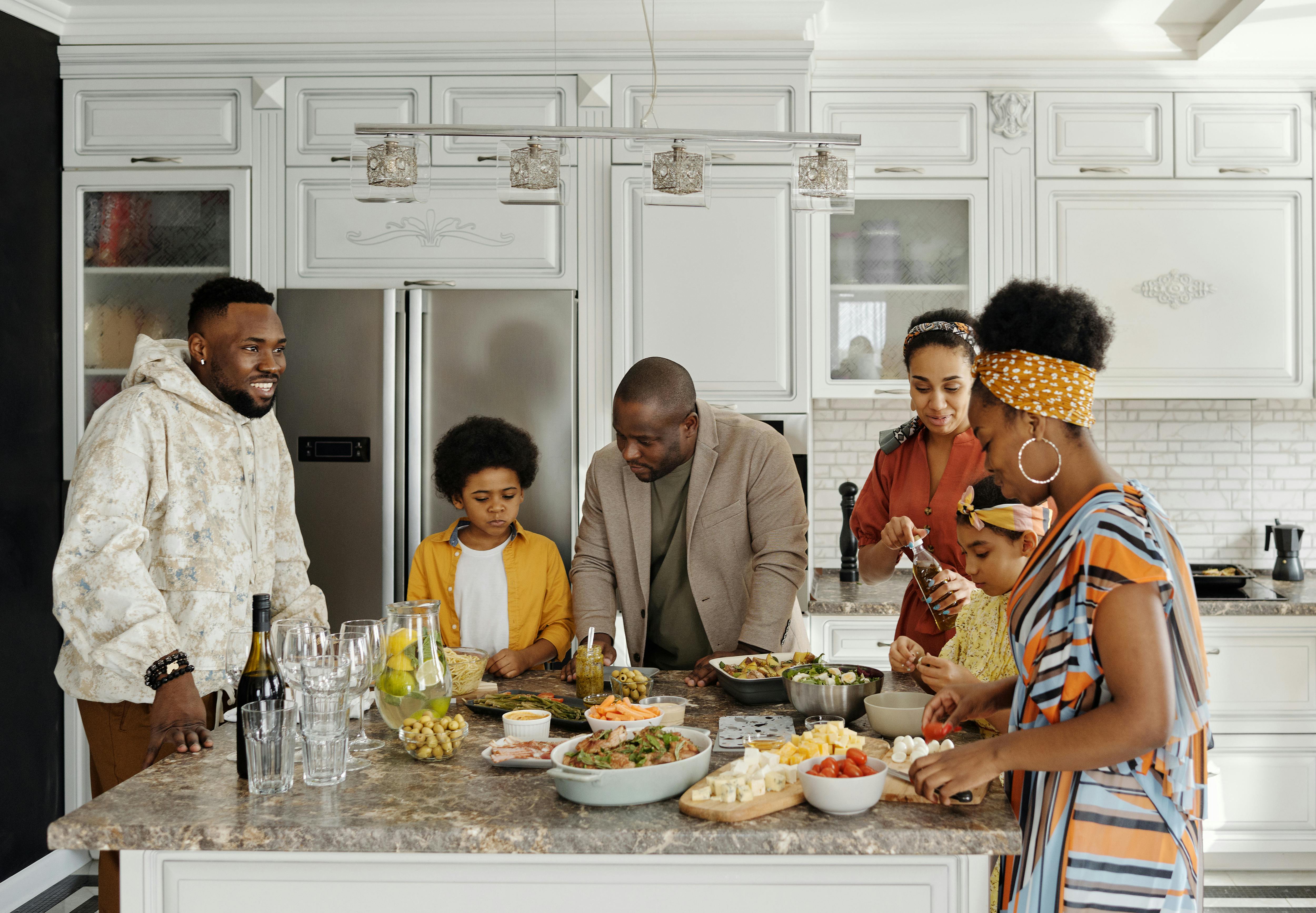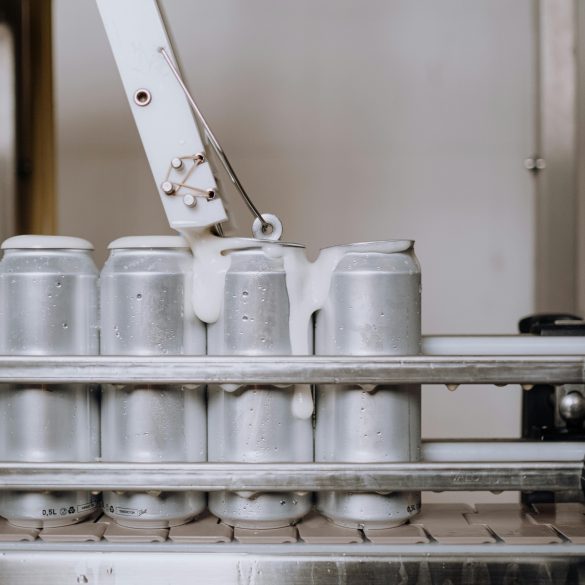Saint Vincent Kitchen Food Safety: 8 Essential Steps for a Healthy Caribbean Home
Ever found yourself in a steamy Saint Vincent kitchen, prepping saltfish—or maybe chopping up fresh callaloo from the local market—wondering, “Is this safe to eat raw?” Surprisingly, whether you’re a longtime resident or adventurous traveler, food safety at home isn’t nearly as straightforward as most folks assume. When I first moved to Kingstown (back in 2011), I honestly thought I knew what “safe food handling” meant. Turns out, local climate, customs, and supply chains add layers of complexity. Recently, a friend down in Bequia had a rough stomach bug after a home-cooked meal; it got us swapping stories and realising we needed to up our game on kitchen safety routines.1 Funny thing is, nearly every person I’ve met here—no matter how careful—has an anecdote about a meal gone wrong.
What really strikes me is how much confusion exists around topics we take for granted elsewhere: Should you rinse market produce in tap water? What about storing leftovers in Saint Vincent’s heat—do you need to chill everything, or are spices enough? Real talk: local practices sometimes clash with global health advice. The result? Sometimes, we let unsafe habits slide—not out of laziness, but because that’s how it’s always been done. Actually, let me clarify: my goal here isn’t to lecture. Instead, let’s break down the steps locals and visitors alike should follow for truly safe, healthy kitchens at home—without losing what makes Vincentian cooking so vibrant.
Step 1: Understand Local Foodborne Risks
Let’s be honest: some food safety rules come from cold climates and industrial kitchens that have little to do with a breezy Caribbean bungalow. What gets me is how weather and local pests affect what’s risky. In Saint Vincent and the Grenadines, humidity is high year-round, so bacteria multiply crazy fast, especially on fresh fish and market veggies.2 Last Carnival season, an informal survey found half of all homes had at least one food poisoning incident (“gastro” as locals say) in the previous year.3 Here’s a quick table summarizing most common local foodborne risks:
| Food Type | Risk | Key Pathogen | Usual Symptom |
|---|---|---|---|
| Fresh Produce (Callaloo, Tomatoes) | Surface contamination | E. coli, Salmonella | Diarrhea, cramps |
| Seafood (Saltfish, Lobster) | Spoilage, toxins | Vibrio, histamine | Vomiting, fever |
| Meat (Chicken, Pork) | Cross-contamination | Campylobacter | Fever, stomach pain |
| Street Food (Roti, Fried Fish) | Unwashed hands, insects | Multiple | Upset stomach |
Key Insight:
I’ll be completely honest—I’ve made the mistake of storing cooked fish on the countertop because everyone claimed it was fine. After what happened, I always chill leftovers within an hour now.
Step 2: Wash Produce the Caribbean Way
This is where I get passionate. Local wisdom says, “just rinse, then cook.” But research shows that dirt and bacteria cling stubbornly to roots—think yams or dasheen. For travelers and new residents, don’t treat market greens like those bagged ones back in New York or London. Here’s what I’ve learned after a conversation with a food safety lecturer at SVG Community College: use safe, potable water, scrub root veggies with a brush, and soak leafy greens in a weak vinegar solution for 2 minutes.4 To be more precise, skip using untreated river or rainwater, especially if the drought has lowered water quality. Funny thing, when I first tried this, my mother-in-law thought I was bonkers. Now she does the same!
Step 3: Safe Handling of Fresh Seafood and Meat
I’m partial to Vincentian seafood, but grabbing fresh catch from Kingstown market comes with risks if you’re not careful. Never leave uncooked seafood out for more than 30 minutes (the local heat is brutal). Clean all cutting boards and knives immediately after prepping fish or chicken—don’t let those juices mingle. A colleague recently pointed out that several local kitchens don’t have separate chopping boards for meat, but it truly makes a difference.5 I’m not entirely convinced you need color-coded boards, but having a “meat board” and “veggie board” is a game-changer.
Action Step:
- Buy fish early in the day to avoid mid-afternoon spoilage.
- Keep raw meat away from ready-to-eat food.
- Wash hands with soap for 20 seconds after touching seafood.




